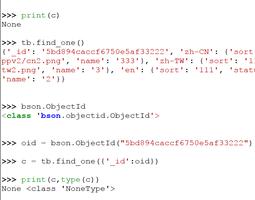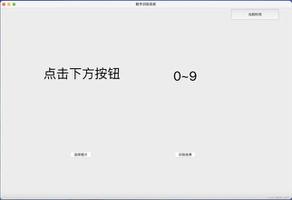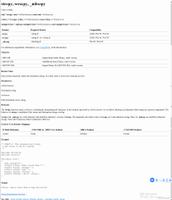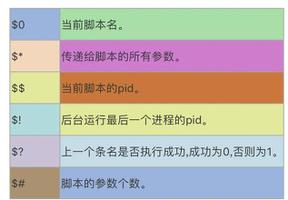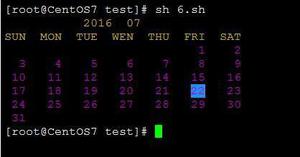在Python中将字符串列表转换为整数排序列表
当我们必须处理以字符串表示的数字时,使用python分析数据可以为我们带来情景。在本文中,我们将获取一个列表,其中包含以字符串形式出现的数字,我们需要将其转换为整数,然后以排序方式表示它们。
带图和排序
在这种方法中,我们使用map将int函数应用于列表的每个元素。然后,我们将sorted函数应用于对数字进行排序的列表。它也可以处理负数。
示例
listA = ['54', '21', '-10', '92', '5']# Given lists
print("Given list : \n", listA)
# Use mapp
listint = map(int, listA)
# Apply sort
res = sorted(listint)
# Result
print("Sorted list of integers: \n",res)
输出结果
运行上面的代码给我们以下结果-
Given list :['54', '21', '-10', '92', '5']
Sorted list of integers:
[-10, 5, 21, 54, 92]
与int和sort
在这种方法中,我们通过使用for循环应用int函数并将结果存储到列表中。然后将排序功能应用于列表。最终结果显示排序列表。
示例
listA = ['54', '21', '-10', '92', '5']# Given lists
print("Given list : \n", listA)
# Convert to int
res = [int(x) for x in listA]
# Apply sort
res.sort()
# Result
print("Sorted list of integers: \n",res)
输出结果
运行上面的代码给我们以下结果-
Given list :['54', '21', '-10', '92', '5']
Sorted list of integers:
[-10, 5, 21, 54, 92]
带排序和整型
此方法与上面的方法类似,除了我们通过for循环应用int函数并将结果封装在有序函数中。它是一个单一表达式,可为我们提供最终结果。
示例
listA = ['54', '21', '-10', '92', '5']# Given lists
print("Given list : \n", listA)
# Convert to int
res = sorted(int(x) for x in listA)
# Result
print("Sorted list of integers: \n",res)
输出结果
运行上面的代码给我们以下结果-
Given list :['54', '21', '-10', '92', '5']
Sorted list of integers:
[-10, 5, 21, 54, 92]
以上是 在Python中将字符串列表转换为整数排序列表 的全部内容, 来源链接: utcz.com/z/317046.html


